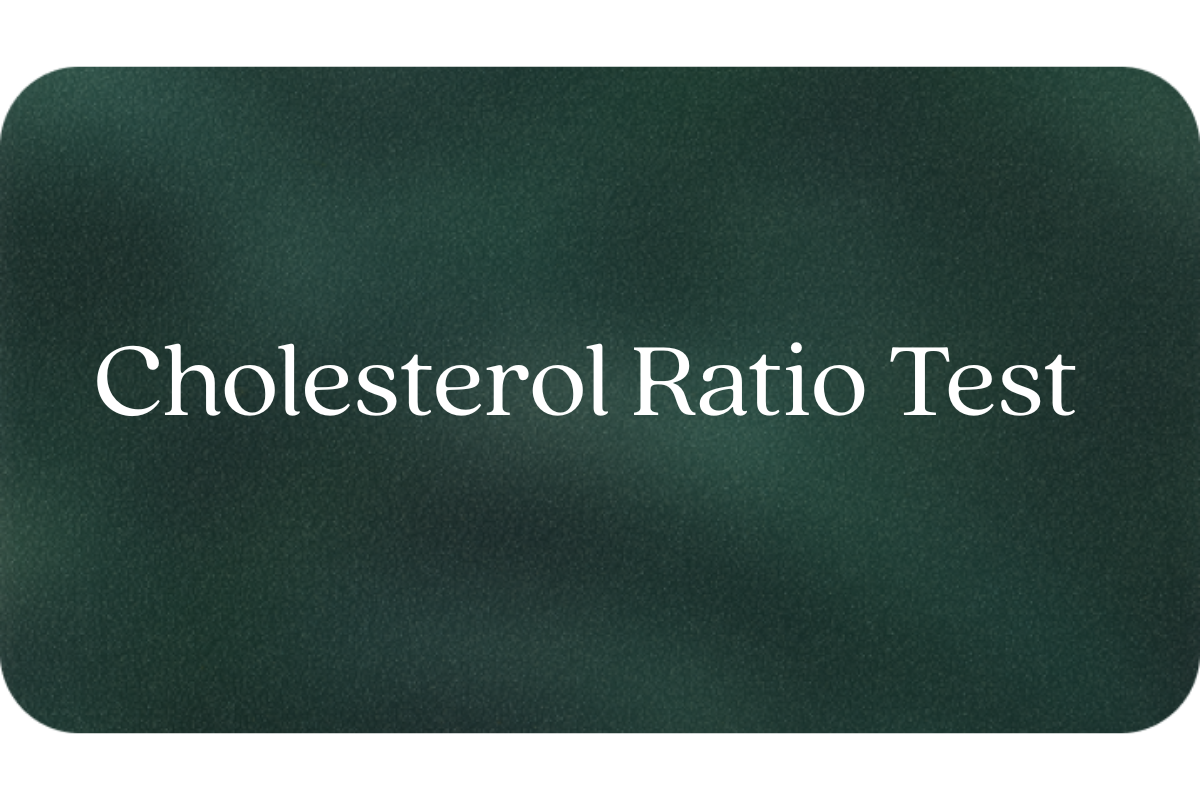What is the Cholesterol Ratio?
The Cholesterol Ratio refers to the quotient of your Total Cholesterol value divided by your HDL (“good”) cholesterol value (unitless). It gives an indication of how your lipid transport system is operating in relation to your body’s metabolic and circulatory needs.
Why does it matter for long-term health and wellbeing?
While no single blood measure tells the whole story, the Cholesterol Ratio offers added context beyond individual lipid values. A more favourable (lower) number suggests a stronger lipid-management system, which can support better metabolic efficiency, recovery, energy regulation and longevity potential. It is particularly useful as a proactive biomarker for tracking progress and adaptation, aligning with Vively’s approach to optimising wellness rather than waiting for issues to arise.
What’s an optimal level of the Cholesterol Ratio?
In Australia, general lipid targets for Total Cholesterol and HDL are, for example: Total Cholesterol < 5.5 mmol/L for the general healthy population.
While specific ratio ranges are less consistently defined in Australian pathology guidelines, consumer-oriented sources suggest that a Total/HDL ratio of under approximately 4.5 (unitless) can be considered favourable.
Suggested values:
- Reference (lab) range high: values above ~5.0 may indicate less optimal lipid balance.
- Optimal (target) range: approximately 3.0 to 4.5 (unitless), where a lower ratio suggests relatively higher HDL in the mix.
Note: These are general population targets and your personal ideal may vary depending on your metabolic profile and goals.
What influences Cholesterol Ratio levels?
Several modifiable and non-modifiable factors impact your Cholesterol Ratio:
- HDL cholesterol level: higher HDL generally reduces the ratio.
- Total cholesterol level: lower overall cholesterol (while maintaining good HDL) improves the ratio.
- Lifestyle factors: diet quality, physical activity (especially aerobic and resistance training), sleep, body composition and alcohol intake all influence lipids.
- Genetic factors: inherited lipid-metabolism traits affect baseline values.
- Age and sex: these impact lipid transport and HDL levels over time.
- Other metabolic factors: body fat distribution, insulin sensitivity, inflammation and liver metabolism all interplay with cholesterol processing.
What does it mean if the Cholesterol Ratio is outside the optimal range?
A ratio that is higher than the suggested optimal (for example above ~5) indicates that a smaller proportion of your total cholesterol is carried in the HDL pool relative to the whole. In a wellness-performance context, this suggests there may be opportunities to improve your lipid transport and metabolism efficiency.
It is a cue to review lifestyle levers (nutrition, movement, sleep, recovery, body composition) and monitor changes over time, rather than a trigger for disease-oriented action.
How can I support healthy Cholesterol Ratio levels?
- Improve HDL naturally by including regular aerobic exercise and resistance training.
- Adopt a nutrient-rich diet emphasising whole grains, legumes, oily fish, nuts, seeds and unsaturated fats, while moderating saturated and processed fats.
- Maintain a healthy body composition (lean mass, controlled visceral fat).
- Prioritise sleep quality and stress-management to support lipid and metabolic regulation.
- Minimise excess alcohol and avoid sedentary habits.
- Regularly monitor and track your lipid profile and ratio so you can observe trends and respond early with lifestyle adjustments.
This information is provided for general health and wellness purposes only and does not replace medical advice.
References
- Pathology Tests Explained. “Lipid profile (cholesterol and triglycerides)”. February 2025.
- CSIRO. “Cholesterol facts”. February 2022.
- Life! Program. “Normal Cholesterol Levels Australia”. 2022.
- Vively. “Total cholesterol / HDL ratio blood test Australia”. September 2025.




















.png)
